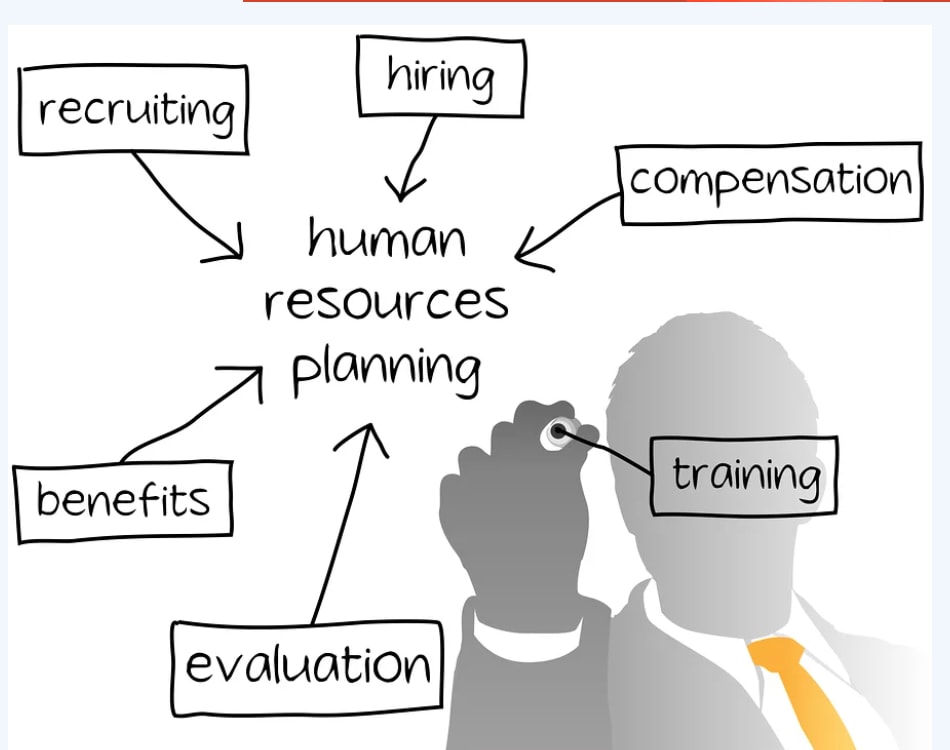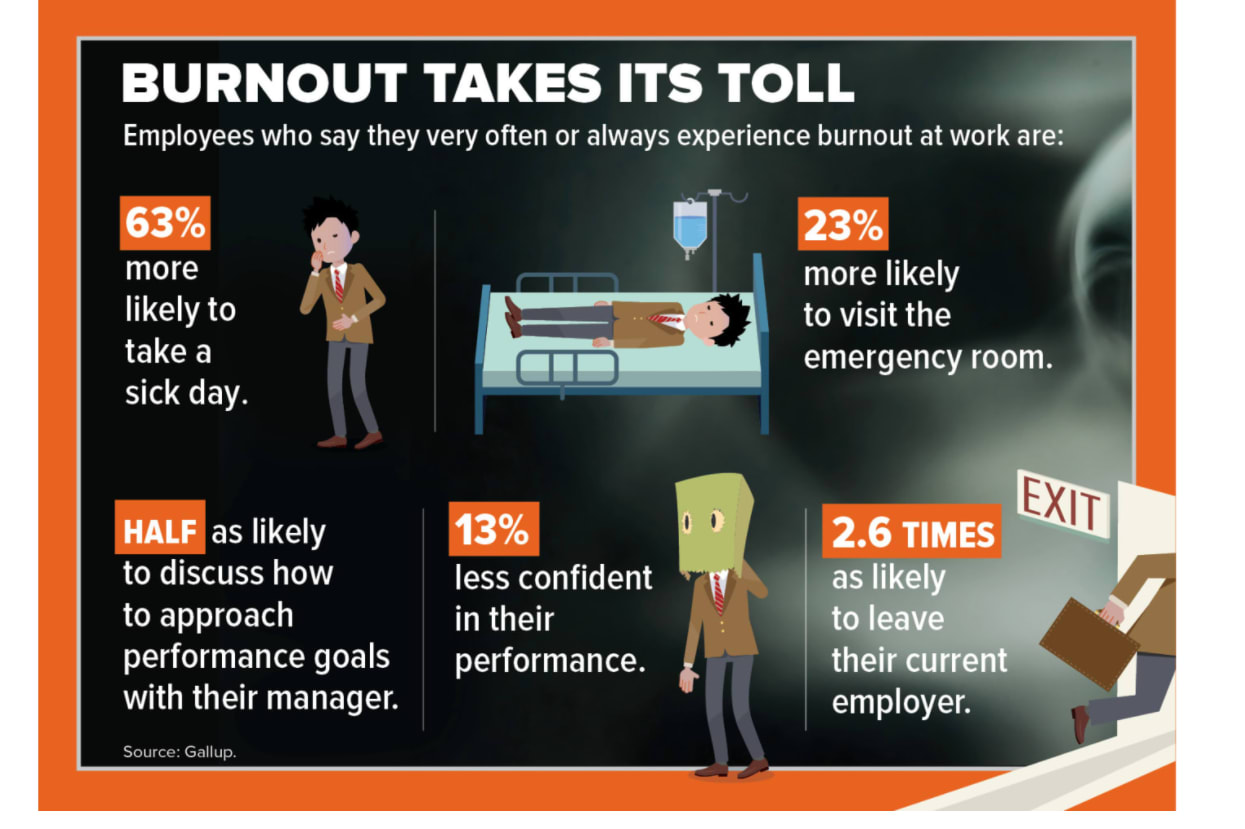Projects — the roaring successes, the steady progress, or the frustrating failures. What do they all have in common? Resource managers, or lack thereof.
While most would assume a project manager is the end-all be-all of a project’s success, resource managers or resource management skills are not to be underplayed. This article will break down the role of resource manager and the advantages of implementing work management software like monday.com as a staple tool.
What does a resource manager do?
The job of a resource manager is, quite simply, to manage all available resources that your company has, especially employees. One of the many responsibilities of a resource manager (more commonly known as a human resource manager, or HR manager) is to assign the right people to a job.
To do this well, they have to have a solid idea of:
- What each member of the staff does well
- How much time each employee has available to work on a particular project
The human resource manager is also typically responsible for hiring and onboarding new recruits. The resource manager commonly works with the project manager to figure out exactly how many people are needed on a particular project to complete it quickly and thoroughly.
What is the difference between a project manager and a resource manager?
Resource managers are often confused with project managers. While there are some similarities, the roles are not the same.
A project manager keeps track of the time, tasks, and resources related to one specific project. A resource manager, on the other hand, keeps their eyes on the big picture of every resource in the company, especially employees, their skills, and their time.
As you can imagine, this is not an easy task. There are lots of small things that go into that big picture, as you can see from the illustration below.

Because this big-picture view is so essential for success, many companies do feel it’s worthwhile to keep a full-time person permanently on-staff in an HR role. In fact, 49% of companies have invested in human capital management programs in the last few years.
But others, especially smaller businesses, find creative solutions for resource management which are often more cost-efficient.
What skills do resource managers need?
A good resource manager needs to be just the right mix of warm empathy and data-driven logic.Below, is a list of requirements that most companies look for in a resource manager:
- Skilled communicator
- Capable multi-tasker (able to keep track of a large number of projects and team members)
- Preferably a Bachelor’s degree in Business or a related field
- 2-3 years of previous work in HR
Of course, a qualified employee comes with a price tag. According to Payscale, the average base salary for a human resource manager is about $$70,179.
Why is good resource management important?
You might be wondering whether it’s worth it to even invest in resource management.There are a number of ways in which proper management of human resources pays off big dividends in the long run.
For one thing, matching the right people to the right jobs ensures that tasks will be completed well and efficiently, saving time and money.
A good resource management (or resource management software) can track how much work each team member has on his or her plate at any given time and how close he or she is to being over-capacity in terms of workload. This is a simple but effective way to safeguard your company’s overall productivity.
Good resource management ensures that you have exactly the right people working on each task. It ensures that these people have the skills, qualifications, and personality attributes to knock out the project without much stress. Plus, by proactively managing workloads you can help employees avoid burnout.
One of the side effects of burnout is lack of employee retention. It doesn’t take a genius to know that every time you have to recruit and train a new employee, it costs the company money. So keeping employees engaged for the long term is to everyone’s benefit.
Take a look at some sobering statistics about burnout and overall productivity below.

With these statistics in mind, it’s important to think about how these things could be avoided with resource management software. While the software might not have the ability to engage in difficult conversations with employees about their performance, or to listen with empathy when a team member comes to them with a problem, it can point out potential problems before they arise.
By tracking skills, goals, progress, and the amount of time employees spend on them, a good resource management software can help avoid the costly problems of burnout and attrition. But what kind of resource management should you use?
Let’s take a look at monday.com.
Can you use monday.com for resource management?
Finding a digital solution for human resource management is becoming an increasingly popular choice. According to a 2019 survey by KPMG, two-thirds of HR executives believe that human resource management is going through a digital transformation, for which a significant percentage of resource managers feel unprepared.
65% of companies surveyed are currently using resource management software, while an additional 15% were planning to start using it within the next year or so. Software is used for all kinds of resource management tasks, such as screening resumes, onboarding new hires, or planning succession based on personal goals and performance.
monday.com’s convenient digital workspace in monday.com makes it easy for you to see what tasks different individuals on your team are working on, and how much time each task takes. Here are just a few features:
- The Workload View enables anyone to see all projects at once along with the amount of hours needed for each task. This is especially helpful if you set a weekly or hourly capacity for each person, which you can do simply by clicking on the People column.

- The Time Tracking Column enables team members can record how much time it takes to finish each task, allowing you to allocate resources more effectively.
- Customizable templates which can be adapted to resource management
monday.com resource manager template
A resource manager’s best friend? The Resource Management Template, perfectly suited for keeping track of available resources.
You can look at it as a Map, giving you a big-picture view of where each resource is allocated. Or you can view it as a Timeline, which lets you see the status of each resource at a glance without having to search through various project files. The template even allows you to import or export Excel spreadsheets directly within the platform to better use and collect data for decision-making.
The resource management is great not just for managing team members, but for other physical resources as well. For example, you can use it to manage meeting rooms and equipment. monday.com’s resource management features allow you to step back and look at all your projects and resources in one place, so you can stop problems before they start and address issues with both the empathy and logic they require.
Work like a resource manager
Every company, whether large or small, needs a solution for resource management. This can mean hiring someone to do the job or finding the right resource management platform to enable you to do it yourself.
To see how monday.com can help with your resource management needs, get started with a 14-day free trial or contact our sales team for more info.

